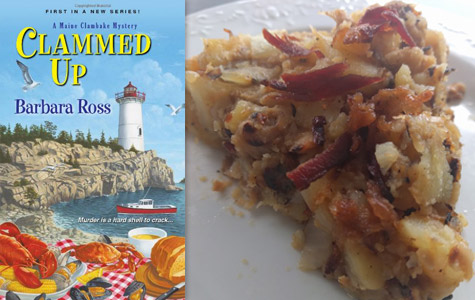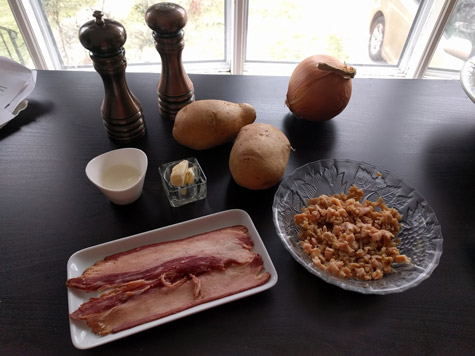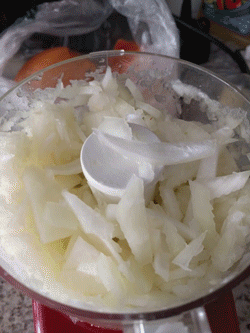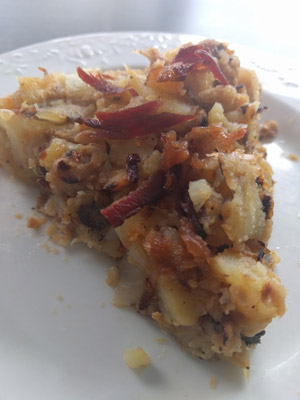
At the end of this delightful series debut, I literally squealed like a schoolgirl with glee. It’s easy to discern why this novel and several of its sequels have been nominated for the Agathas, among other awards: the writing is whip-smart, the characters are deeply sympathetic, and—most importantly—the murder mystery is clever and compelling.
Our heroine, Julia Snowden, has left behind New York City and her life as a venture capitalist to help resuscitate the family business, the Snowden Family Clambake Company. Providing visitors to Busman’s Harbor with an authentic Maine dining and sailing experience, the company is also the only thing keeping several local families afloat, Julia’s included. When a murder occurs that threatens to shut down not only the entire clambake season but the company for good, Julia has to go into high gear to find a murderer in order to save both her family’s livelihood and her mother’s childhood home.
The beautiful white elephant of Morrow Island has been host to clambakes, memories, ghosts, and secrets for as long as Julia has been alive. But a murderer may put an end to far too many things far too soon, including perhaps Julia’s own life.
So, I’m going to detour on a mini-discourse about cozy cooking mystery novels here. I love them and wouldn’t write this column if I didn’t, but there are certain basic plot points that I sometimes wonder if writers feel they must include—almost as if they’re the ingredients in a recipe for success. First, take a spunky, intelligent heroine (who in the series’ debut is usually down on her luck) and drop her in the middle of a murder. Include cooking and recipes, of course. Add complicated romantic entanglements (bonus points if it’s a love triangle!). If American, there must be an adorable cat or dog involved. The heroine’s life must be imperiled at least once, and there must be a climactic showdown before truth and justice prevails.
None of these things on their own are bad, though I often feel that lesser writers do very little beyond coloring in those lines. The main reason I’m even bringing up this recipe for success is that, with this debut, Barbara Ross has proven that she is no lesser writer. Clammed Up has all those basic ingredients in spades, but it adds so much in quality that it exemplifies the genre. I’ve read so many great novels for this column (and, admittedly, several books that were a clear miss for me), but Ms. Ross has written such a gorgeously cohesive novel that I wanted to celebrate it as a paragon of cozy cooking mysteries as well as a fine piece of fiction on its own.
And then there are the delicious recipes! Six were included in this book, and in honor of the title I chose this one to try for this column:
Gus’s Clam Hash
Ingredients

2 large Maine potatoes
1 large yellow onion
2 cans minced clams (Gus uses 1 cup of freshly minced clams, but if you buy a good brand of canned, it will be almost as good.)
Salt
Pepper
2 Tablespoons heavy cream
2 strips bacon
1 Tablespoon butter
 Instructions
Instructions
Prick the potatoes with a fork and microwave on high for 5 minutes or until they can be easily pierced with a fork.
Cut onion in eighths, then put in a food processor and pulse 10 times.
Peel the cooled potatoes and chop them into large cubes.
Put the cubed potatoes in the food processor with the onions and pulse to combine.
Add salt and pepper.
Add the drained clams and cream. Pulse to combine.
In a frying pan, cook the bacon until crispy, then remove and set aside.
Add the butter to the bacon fat in the frying pan.
Add the hash from the food processor and press down into the frying pan.
Cook for 5-6 minutes on medium heat until the bottom begins to brown.
Turn and cook the other side.
Keep flipping to add more crust as desired.
Top with crumbled bacon.

This dish was delicious, but I also really want to highlight how amazing it smelled. Everyone who walked into my house that day immediately wanted to know what I was cooking and whether they could have some, too.
I must warn those with smaller kitchens and appliances—like myself—that a larger food processor and frying pan would be ideal for fixing this hash. After barely being able to pulse just the onion in my trusty compact processor, I had to rely on combining ingredients in a mixing bowl and slashing with a knife to replicate the effect. The hash also took longer to crisp up in my medium-sized pan than if I’d had a larger one, as the quantity was so dense. I think it worked out well, though!
Next week, I’m excited to try out more seafood recipes as we stay in Busman’s Harbor to investigate more crime with Julia! I’ll be covering the entire Maine Clambake series in the run-up to the Agathas, for which the 4th book, Fogged Inn, has been nominated. Do join me!
See also: Cooking the Books: Pekoe Most Poison by Laura Childs
To learn more or order a copy, visit:
opens in a new window![]() opens in a new window
opens in a new window![]()
Doreen Sheridan is a freelance writer living in Washington, D.C. She microblogs on Twitter @dvaleris.
Read all posts by Doreen Sheridan for Criminal Element.
